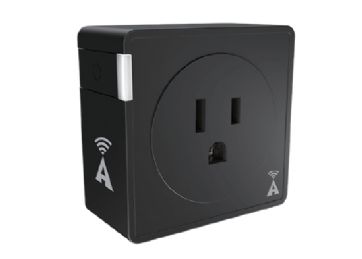
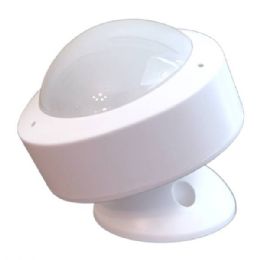

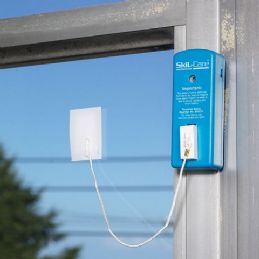
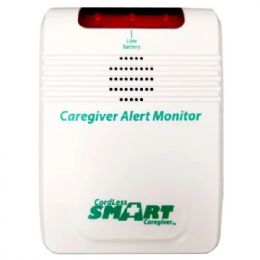

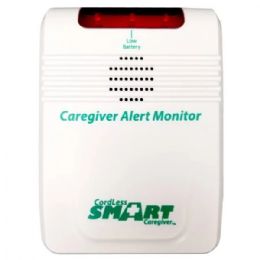
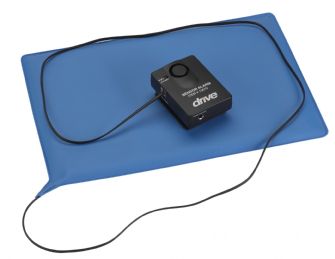

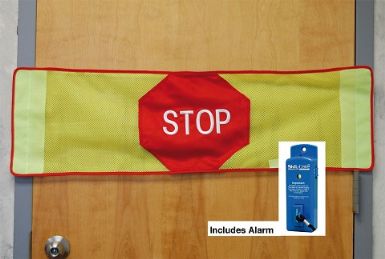

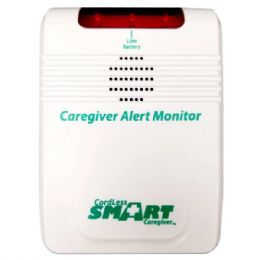
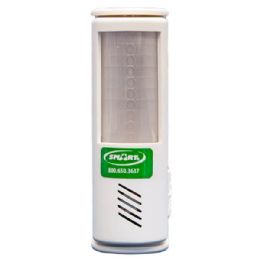
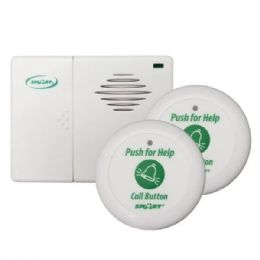

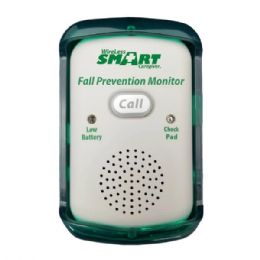
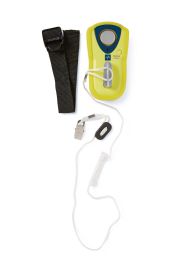
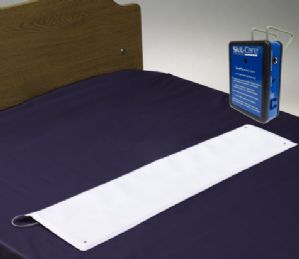
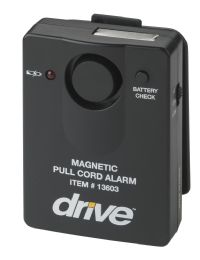
Who can Use Patient Safety Alarms?
Patient Safety Alarms can be utilized for many different applications, with varying devices offering coverage from one to multiple patients. They can be used for loved ones being cared for in their own home, or for patients and residents in hospitals, nursing homes and other care facilities. The alarms come in a wide variety of designs to fulfill every unique patient care need. These include use as a bed alarm, wheelchair alarm, positioning change alarm, chair alarm, elder care monitor, mobility monitor, movement alarm, wandering alert, care caller, home care monitor and many other uses.
These special safety alarms and sensors are often used for the elderly, individuals with dementia or Alzheimer’s, for sleepwalkers, and for anyone who is in a weakened condition or who has mental instabilities and should not be mobile without supervision and assistance. Certain models can be used to alert the caregiver if a patient moves from certain positions, such as moving from a reclined position on a bed, or a seated position in a chair or wheelchair. Others alert you when a patient gets up and is moving around a house or facility or when a door has been opened. Some alarm devices can be placed directly onto the individual, while others monitor movement by attaching to beds, chairs or as room or door monitors.
What Type of Patient Alarm System Should I Choose?
There is a widely diverse selection of patient alarm systems to choose from, making it easy to find the perfect choice for your loved ones, or for your facility’s unique patient safety requirements. It is important to keep in mind that the basic principle behind patient safety alarms is that they warn caregivers and staff when a patient changes position, such as leaving their bed. They are not patient restraints and will not prevent falls without caregiver intervention.
What they can do is warn the caregiver that the patient has changed position and might be about to exit the bed or chair, possibly giving the caregiver enough time to assist the patient and prevent a possible injury. Patient safety alarms can also warn the caregiver that the patient has left the bed or chair, hopefully giving the responder enough time to prevent a fall or injury, or to respond more quickly with help if the patient has already fallen. In some situations, the sound of the alarm itself is enough to remind the patient to sit back or lay back until someone can come to help. These alarms also aid in the prevention of dementia or Alzheimer’s patients wandering and getting lost, possibly leading to serious injury and in some cases, dehydration and other health risks when they are not quickly found. Special monitors help to track these patients, enabling caregivers to know the whereabouts of their patients at all times.
Patient safety alarms are available with varying alarms and alarm mechanisms. Choosing the right one means analyzing your particular circumstances to determine what alarm system fits your patient’s needs, and that won’t increase agitation or fright in your patients. While chair pad alarms, bed alarms and seat belt alarms are among the most common types of patient safety alarm designs, there are also variant activation systems by which the alarm is set off. These include:
Wireless alarms emit a wide, invisible curtain of protection, and serve as a good option for securing an area where the patient resides without having to attach an alarm directly to the patient, bed or chair.
Pull-cord alarms are secured to a chair or bed with a clip, and highlight a pin-style activation cord that pulls when the patient moves, dislodging the pin from the unit to activate the alarm signal.
Pressure-sensitive alarms go off when a patient gets up from the chair or bed where it was placed. For example, a pressure-sensitive pad that is placed beneath or behind the patient connects to an audio alarm that can either sound where the patient is located, or will sound at the location of the caregiver. Pressure-sensitive floor mats are also available, and are usually placed next to the bed, where the patient would stand up when they get out of bed.
Seat belt alarms are activated when the belt is unbuckled. Breakaway lap cushions work in a similar fashion, as when the patient stands up, the alarm is activated by the magnetic strap releasing on one side of the cushion. Wheelchair alarms come in several styles, usually with the alarm mounting on the wheelchair with a bracket in various locations.
Patient-worn devices are attached in various ways, such as a leg cuff, or clip behind the back, to help monitor movement, and have the capability to alert the caregiver of their patient’s location.
Patient safety alarms for doors are generally used most in private homes. This approach typically involves brightly colored banners or strips that serve as a visual barrier to help direct the patient away from the door, or any other off-limits area of the house. Alarms are sounded if the patient tries to go through the door, or into the space. Another option along these lines is a bedside infrared beam detector alarm. This type of alarm will also sound when the beam over the top or alongside the bed is broken by the patient’s movement.
Features vary for the control units of the alarms, with a choice of non-latching or latching systems, standby and delay capabilities to temporarily disable the alarm system, and the activation of nurse-call systems.
From bed alarms to mobility monitors to door alarms, Rehabmart has got your patient safety alarm needs covered with a comprehensive selection from topnotch manufacturers that include Emergency Caller, Posey, Skil Care, Safe-t Mate, Medline, Enabling Devices, Hearmore, Drive Medical and McKesson Medical Surgical.
Hulet Smith, OT
Rehabmart Co-Founder & CEO
ck